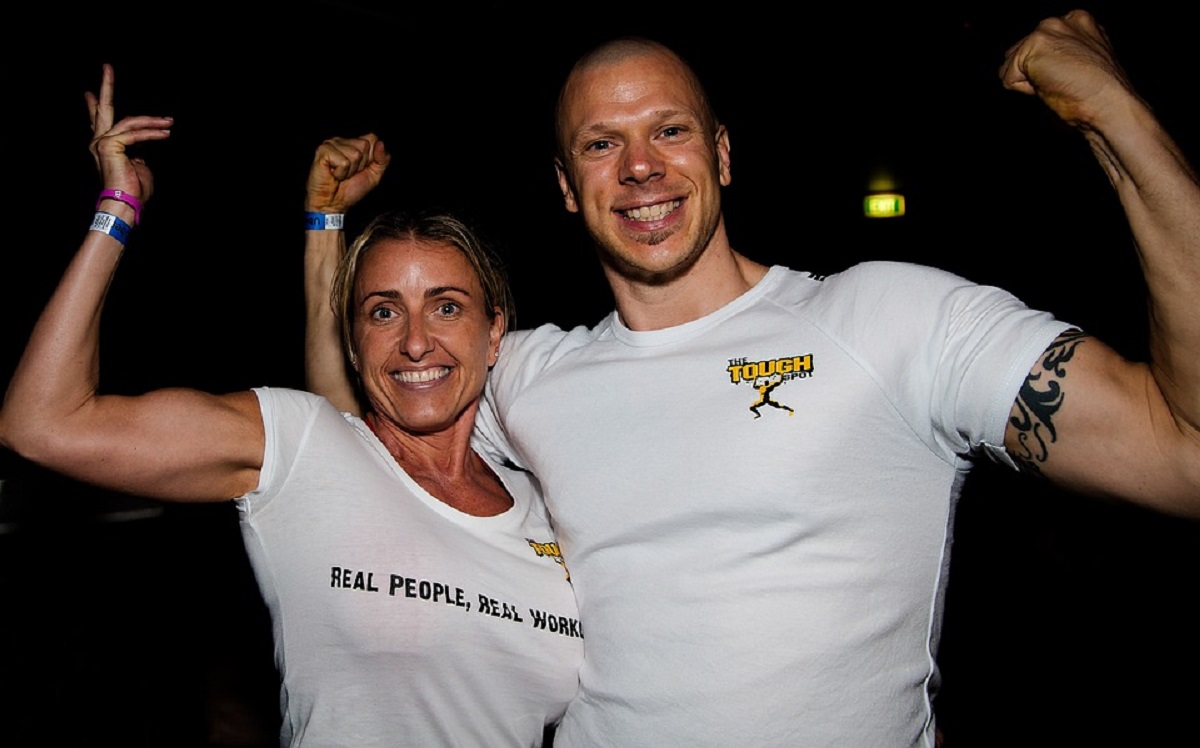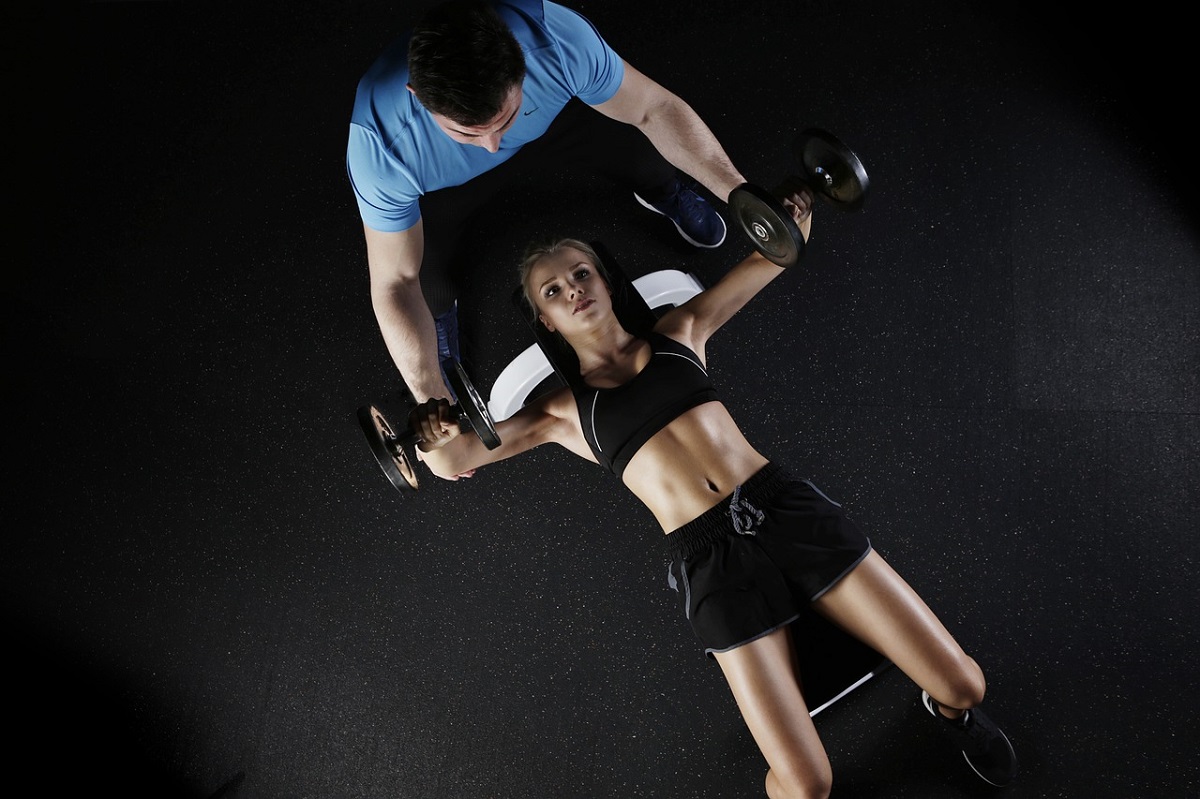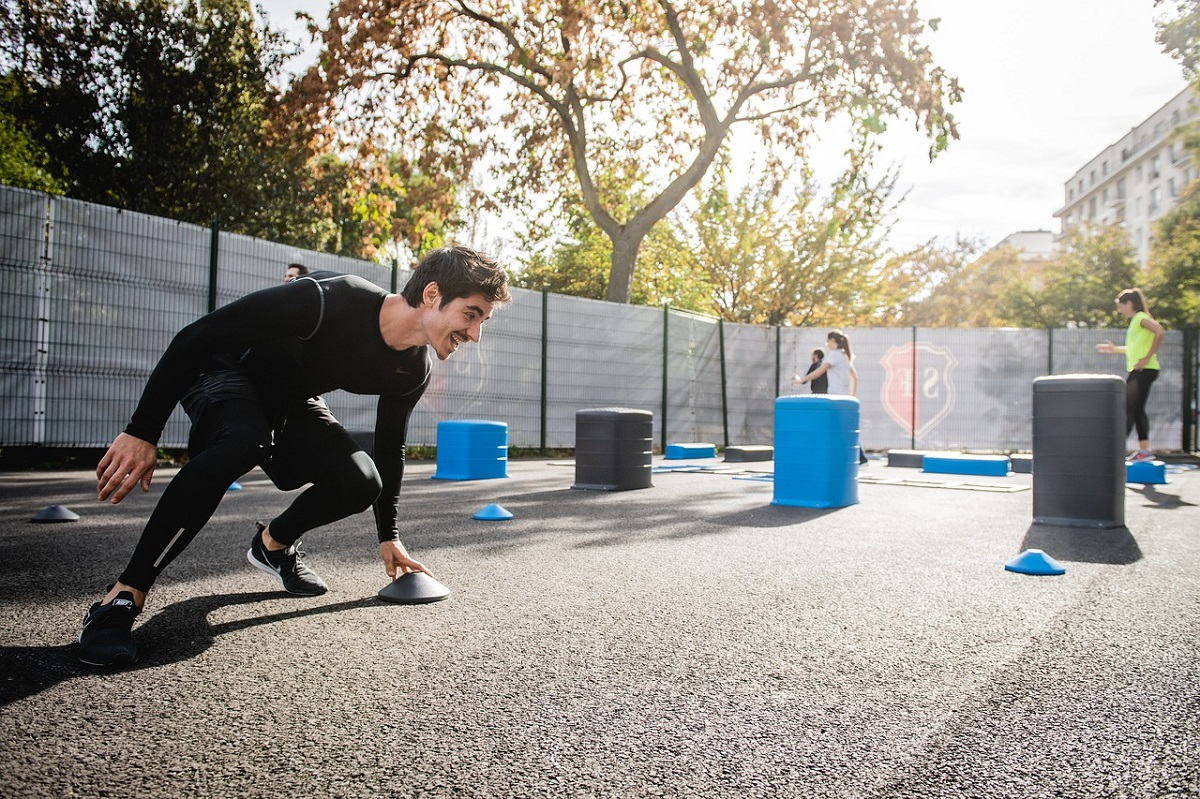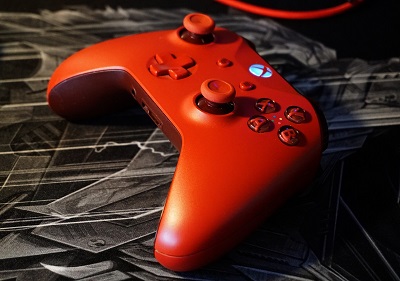Core Sport: The Heart of Athletic Performance
Probably in the discipline of training sport/fitness and none elsewhere in fitness or training – it does indeed relate – for very much needed a stable as possible ba asis throughout sports to keep exercising to elite athletic performances- a soundly reinforced core muscle will support that action and it plays the need. Core Sport refers to those sports or training programs that target and improve core strength and stability in athletes, making them perform better. This article explores what Core Sport is, why it matters, and how it improves overall athleticism.

What is Core Sport?
Core Sport involves various types of exercises, training techniques, and athletic disciplines that are aimed at the strengthening of the muscles of the body’s core. These muscles were considered the center support system of the entire body, giving stability, strength, and power. Core Sport is not one sport or fitness routine but a category in its sense that includes activities such as Pilates, yoga, and functional training; it’s all about core engagement. Many professional sports, such as football, tennis, and gymnastics, rely heavily on core strength to improve their performance while reducing the risk of injury.
Why is Core Strength Important?
The core is the basic or base of almost all movements. From a jog to swimming or raising something heavy, it involves the support and power to do this with movement. It is a stabilizing structure of the body, trying to maintain the correct posture and position to facilitate movement and avoid injury.
- Strong Posture and Balance: An athlete will maintain a good posture through a strong core, which prevents any form of strain or injury. Improved body mechanics will therefore add to athletic performance for these individuals.
- Improved Athletic Performance: The athlete will have the capability to produce power in a better way when the core is well-developed. The core is the center of energy transfer between the upper and the lower body. A stable core ensures that power is efficiently transferred during dynamic movements such as sprinting, jumping, or striking a ball.
- Better Flexibility and Mobility: It improves the flexibility and mobility of the individual; they both play a significant role in performing various athletic movements without much difficulty and accuracy.
- Functional Movement: It strengthens the functional movements required to execute various everyday tasks, such as bending, lifting, and twisting. More than sports, it enriches one’s life quality.
Putting Core Sport into Practice:
Core transformed into almost all athletics. Professional athletes through many sports undergo regular training in the core area. Even runners engage in plank and leg raise exercises to help strengthen posture and stride efficiency. Soccer players and basketball players seem to stress the importance of core stability for better balance and agility on the field or court. Even in a personal trainee, activities such as Pilates and yoga will ensure the use of the core through fluid movement that allows both strength and flexibility to be provided.
The intensity of core training may also be varied to different fitness levels. Newer exercisers might focus on easier exercises such as planks or bird dogs, while the more experienced athletes would add exercises such as kettlebell swings or medicine ball throws that require the core to contract in more complex ways.
Exercises to Develop Core Strength:

Those exercises target the different areas of the core. Mostly, effective exercises include:
- Planks: These are very simple yet quite effective exercises that work the entire core of a person for the improvement in endurance and stability.
- Russian Twists: In these, the oblique muscles are engaged plus the rotational strength is enhanced.
- Leg Raises: Focus on the lower abdominals and help build flexibility and strength in the lower body.
- Superman: Targets the back muscles, balancing out the front-focused exercises and enhancing overall core strength.
- Deadbugs: This exercise works both the upper and lower parts of the core and helps in stabilizing.
Through a combination of these exercises, athletes can create a balanced and strong core to enhance their athleticism.
Core Sport FAQs:
1. What are the benefits of core training?
Core training improves balance, posture, stability, and general athletic performance. It enhances the muscles protecting the spine and pelvis and improves functional movements for injury prevention in everyday activities.
2. Can core training support weight loss?
Although core training alone will not offer considerable weight loss, it may certainly fit into a balanced fitness program. More metabolically active muscles enhance the body’s basic metabolic rate, and many of these exercises will help straighten posture, which will improve caloric burn.
3. How often do I need to do core exercises?
The answer depends on your goal. If you want strength and stability, you want to do exercises at least 2-3 times a week. But since your core muscles are engaged in most other activities, you need to balance core training with other aspects of fitness.
4. Is core strength important for non-athletes?
Yes, core strength is important for non-athletes. If every person develops core strength, it could improve their posture, assist proper movement, and prevent injuries. For non-athletes, it improves everyday functions, which can even allow lifting, bending, and twisting more safely and with less effort.
5. What exercise develops the best core strength?
It need not be n, e exe i e since an amalgamation of exercises would do the best to develop overall cores. There are many other great exercises for developing core muscles: planks, leg raises, and Russian twists. However, all regions of the core must be addressed and therefore include the upper and lower abdominals, back, and obliques.
Conclusion:

It is something much more extensive than focusing purely on the abdominal muscles; in fact, it is a well-rounded way to build strength and stability through one’s overall bodily structure structure coreery much beneficial for both athletes and health enthusiasts to keep core training a part of their route since t not only enhances performance but also prevents injuries and improves the general health of any individual. Whether you are a high-level athlete or just interested in functional fitness, building hard-core muscles will reward you both inside and outside the gym.


